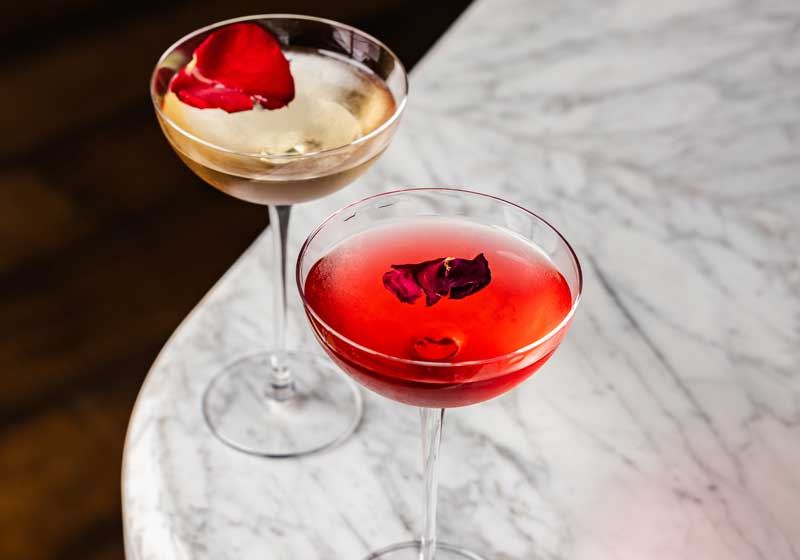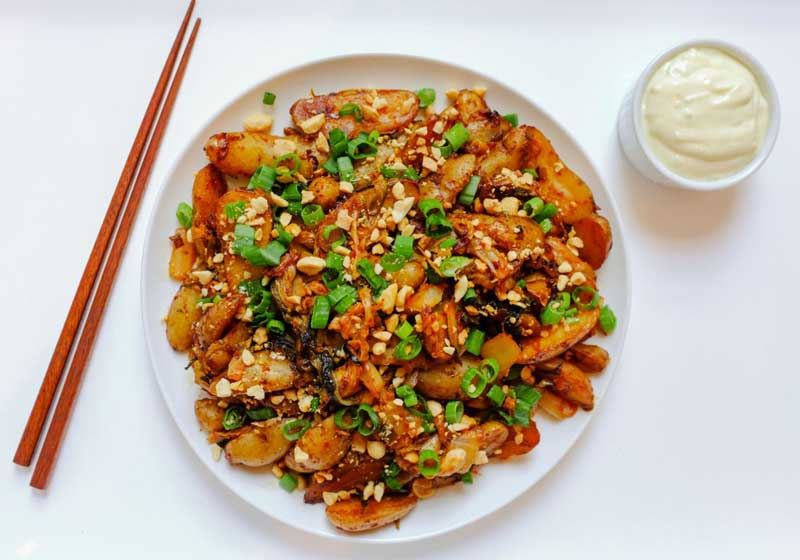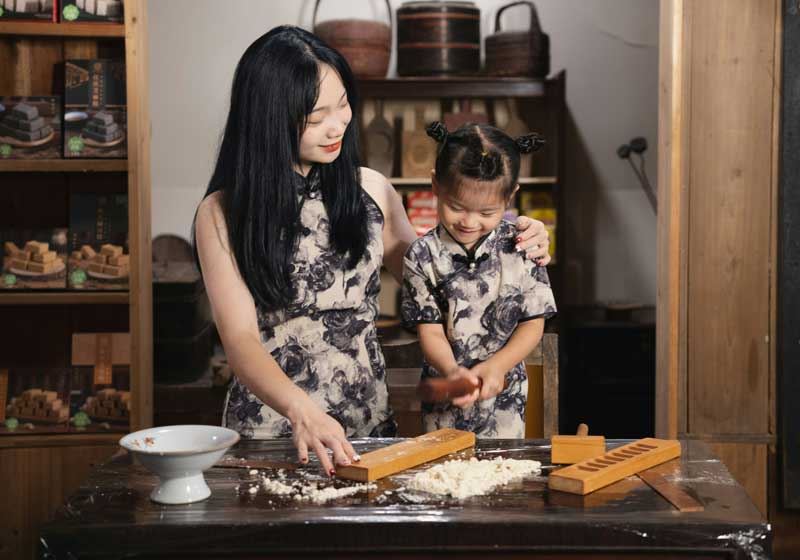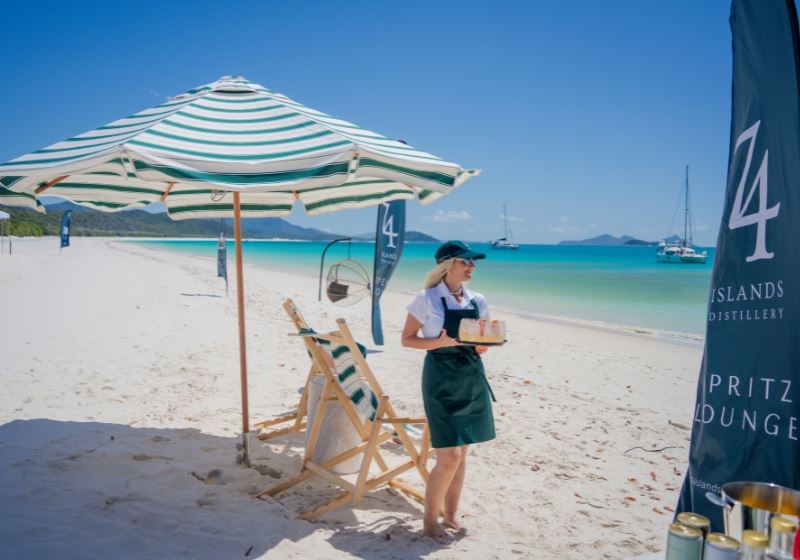By Marie-Antoinette Issa.
There’s a certain predictability to ordering Thai food in the West, with pad Thai, green curry and maybe a cheeky satay skewer or two almost as ubiquitous as meat pies when it comes to iconic Aussie eats.
However, while these options are safe, sweet and saucy, they truly only scratch the surface of traditional Thai cuisine.
Thailand, in reality, is a nation of regions, each one spooning out its own story through chilli, spice and centuries-old tradition. What’s served in the north is wildly different from what’s simmered in the south.
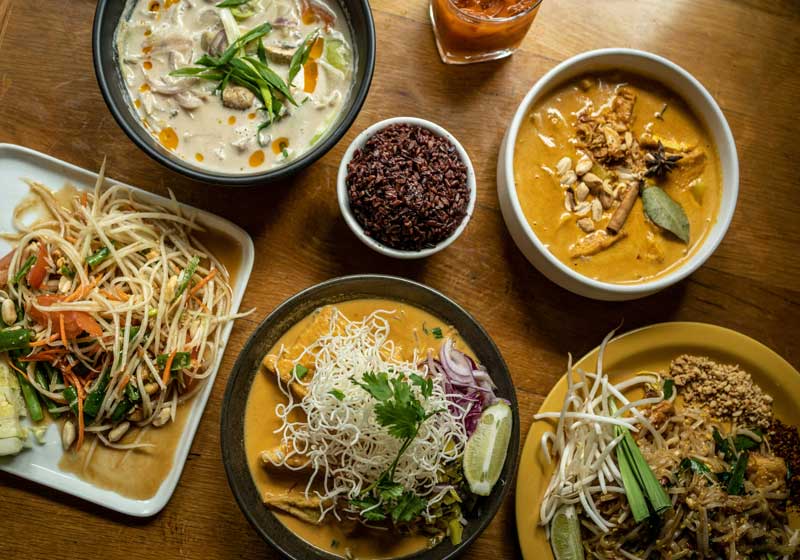
To truly understand Thai cuisine is to travel beyond the city streets of Bangkok and into the rice fields of Isaan, the fishing villages of the Andaman coast and the misty mountains near Chiang Mai.
In the northeast, the food is fierce, fiery and deeply fermented. This is the land of Isaan, a region that shares more culinary DNA with Laos than with central Thailand. The holy trinity here is sticky rice, grilled meat and green papaya salad - som tum, but not the sweet, mild version you're used to.
Real som tum is a smack of lime, a punch of fish sauce and a slap of chilli. It's served with larb, a chopped meat salad dressed with lime juice, roasted rice powder and herbs, traditionally eaten cold. Also popular is gai yang - grilled chicken marinated in coriander root, garlic and pepper, its smoky skin crisped over coals, its flavour somehow richer when eaten with your hands.
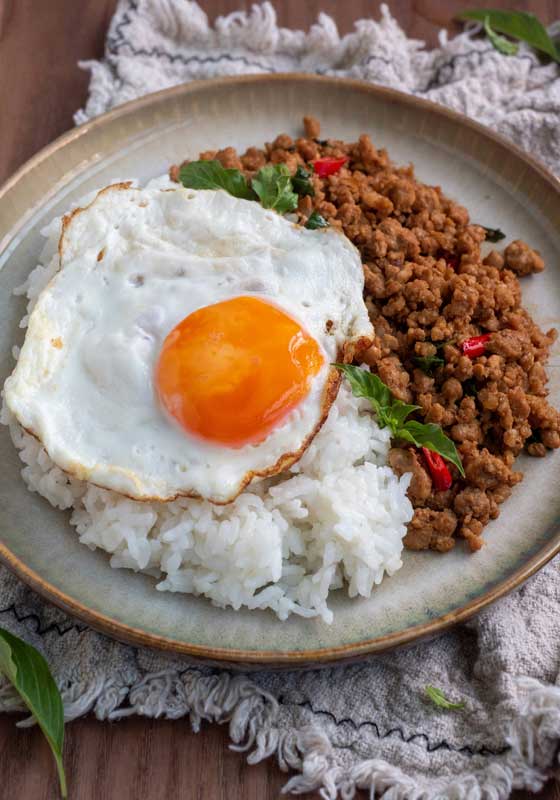
Head north and as the air cools, the food softens. The flavours here are more herbal, more aromatic. Think turmeric, ginger and galangal. Dishes like khao soi - a creamy coconut curry soup topped with crispy egg noodles, pickled mustard greens and a squeeze of lime - are the ultimate northern comfort food.
In Chiang Mai, street vendors still pound curry pastes by hand and serve local sausages called sai ua, stained red with chilli and bursting with lemongrass and kaffir lime.
In the south, the heat returns - but in a different form. This is where Thailand leans into its Muslim and Malaysian influences and the results are bold and intoxicating. Here, curries are deeper, darker and more aggressive.
Take gaeng tai pla, a thick, unapologetically funky curry made with fermented fish entrails, or massaman, often called the ‘King of curries’, where cinnamon, cardamom and star anise meet coconut milk and tender beef in a dish that reads more Persian than Thai.
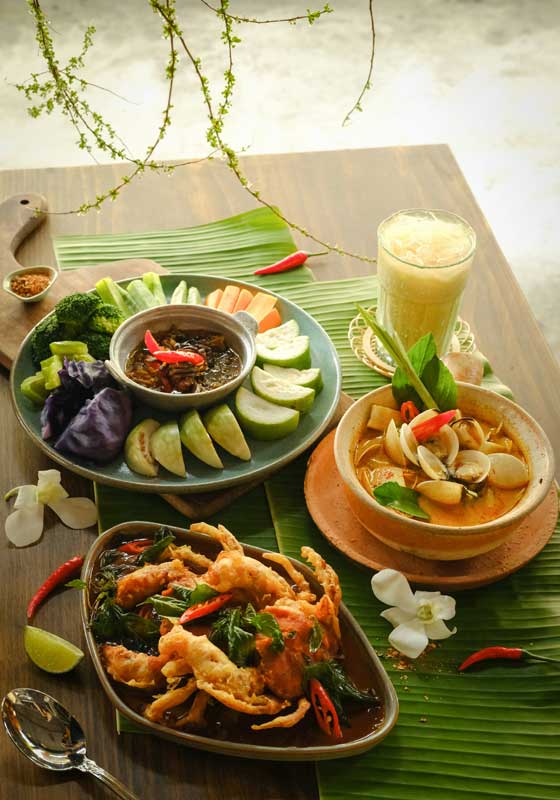
However, the seafood, unsurprisingly, is the main event: pla tod kamin (turmeric-fried fish), goong pad sataw (stink beans with prawns) and whole grilled squid that tastes like the sea got kissed by a flame.
Even central Thailand, home of Bangkok and the so-called classic Thai dishes, is more nuanced than you might expect. This is where pad Thai was born - but don’t stop your food journey there. Try khao mok gai - Thailand’s answer to biryani - or kuay tiew reua, boat noodles in a rich, spiced broth thickened with blood from sliced raw meat, which used to be slung from boats along Bangkok’s canals.
The central region is also the spiritual home of nam prik, punchy chilli relishes served with raw vegetables and crispy fried fish - a balancing act of spice, sour and salt.
What ties all these regions together isn’t a singular flavour but a shared philosophy: food should be balanced - not bland nor muted for Western palates. In Thailand, even the simplest dish is a symphony of contrast - hot and cold, soft and crunchy, sweet and sour, fresh and fermented.
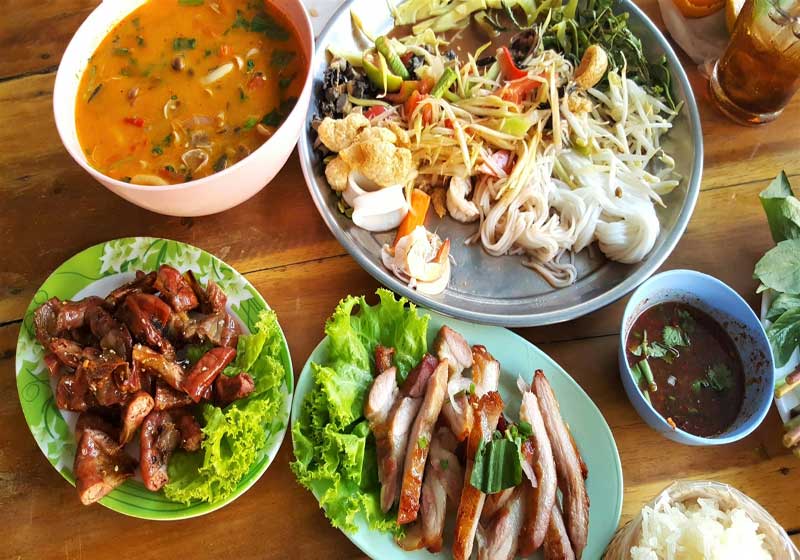
So next time you reach for the Thai takeaway menu, maybe skip the usual suspects. Ask for something you can’t pronounce. Seek out regional specialities, or better yet - book a trip, pull up a plastic stool at a roadside stall and taste the real thing.
While pad Thai is delicious, it’s just the beginning.


